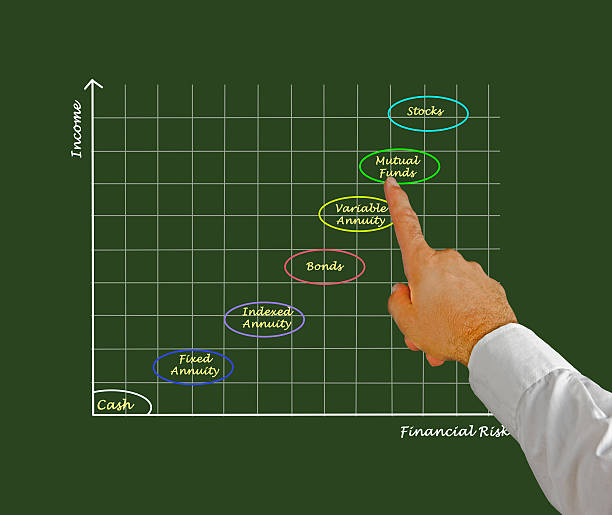
Brian Gibbs possesses more than four decades of experience in retirement planning. He has been the CEO and president of San Diego-based Heritage Retirement Advisors, Inc., and specializes in charitable trusts and increasing clients’ income streams. In his free time, Brian Gibbs enjoys outdoor sports like playing tennis.
The basic method of hitting a tennis ball, strokes are one of the foundational skills for a player. A tennis novice has six key strokes they need to master to build up to more advanced gameplay:
1. Serves are the starting move to earn a point, and are the only kind of move that the player can control, since it is not in response to an opponent’s hit. These can incorporate various kinds of strokes but the overhead stroke is the most common in establishing the initial power and spin.
2. The overhead is not limited to serves; it is also a powerful response. In this, the player holds the racket over their head and strikes the ball using the front, usually in a forehand grip. Since this stroke uses a lot of momentum to send the ball downward over the net, it is also called a smash.
3. The forehand groundstroke has the player swing the racket across their body, from their dominant side to the non-dominant one. This works when the ball is lower to the ground, and the player is at the baseline of the court.
4. The backhand groundstroke uses either one or both hands, and it sends the racket out away from the body. Gripping the handle with the dominant hand, the player holds it closer to the body, on the non-dominant side, then swings out towards the dominant one to strike.
5. A volley strikes the ball before it hits the ground. Players usually perform this near or at the net. The closer they are to the net, the sharper the angle as they send it to the opponent’s side.
6. A lob hits the ball over the opponent’s head, sending it towards the baseline of the court. It is useful when the opponent is close to the net.
